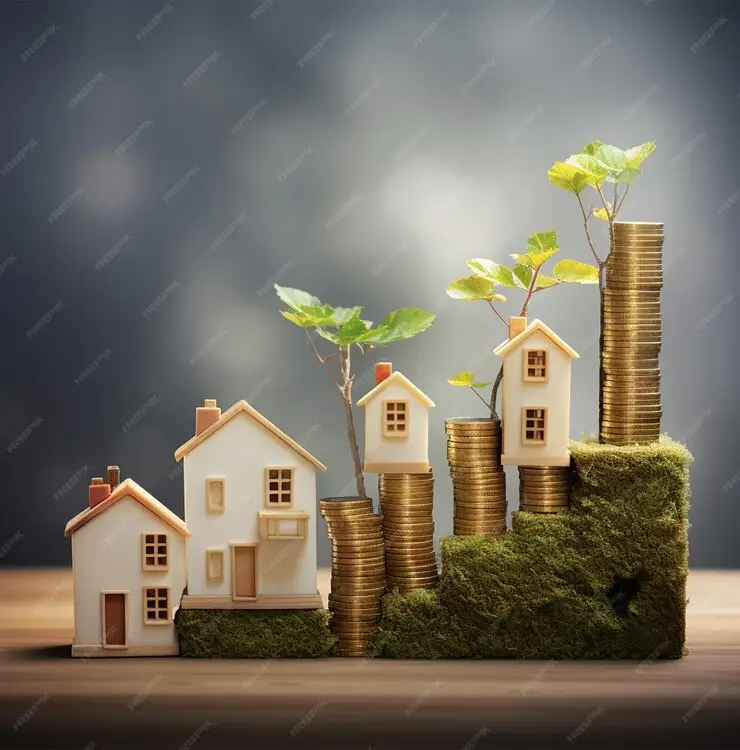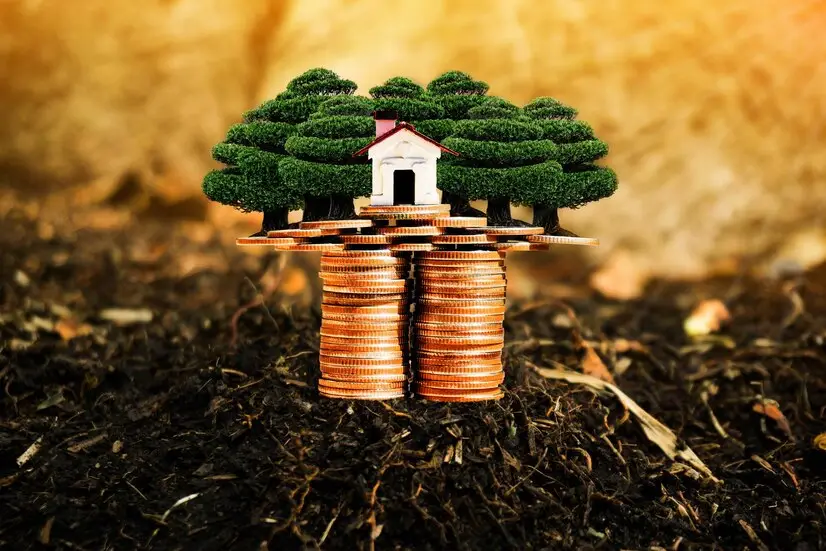The decision to embrace sustainable housing often comes with a concern about upfront costs. In this article, we dissect the initial investment required for eco-friendly homes and shed light on the compelling reality that, despite higher initial expenses, these investments guarantee long-term savings while contributing to a greener, more sustainable future.

Higher Initial Costs, Lower Lifetime Expenses:
Sustainable housing may entail a higher upfront investment, but it’s essential to view this in the context of the long-term. Energy-efficient appliances, solar panels, and eco-friendly building materials contribute to reduced utility bills and maintenance expenses over the life of the home.
Return on Investment (ROI) Through Energy Efficiency:
The incorporation of energy-efficient technologies, such as smart home systems and insulation, pays off in the form of significant energy savings. While the initial costs may seem substantial, the return on investment becomes evident through lower monthly utility bills and decreased reliance on non-renewable energy sources.
Incentives and Rebates:
Governments and utilities often offer incentives and rebates for homeowners investing in sustainable features. These financial incentives can substantially offset initial costs, making the transition to eco-friendly housing more financially feasible.
Increased Property Value:
Sustainable homes tend to appreciate in value over time, driven by the growing demand for environmentally conscious living spaces. The initial investment in sustainable features can contribute to a higher resale value, providing a financial benefit should homeowners decide to sell in the future.
Maintenance Savings with Durable Materials:
Eco-friendly building materials are often more durable and require less maintenance than traditional counterparts. While they may have a higher upfront cost, the long-term savings result from reduced repair and replacement expenses over the life of the home.
In a nutshell, the upfront costs of sustainable housing should be viewed as an investment in a greener, more sustainable future. Beyond the immediate expenses, the long-term savings in energy efficiency, government incentives, increased property value, and lower maintenance costs make the choice to embrace eco-friendly homes a financially sound decision. It’s not just about building a home; it’s about investing in a sustainable lifestyle that pays dividends for both the homeowner and the planet.







